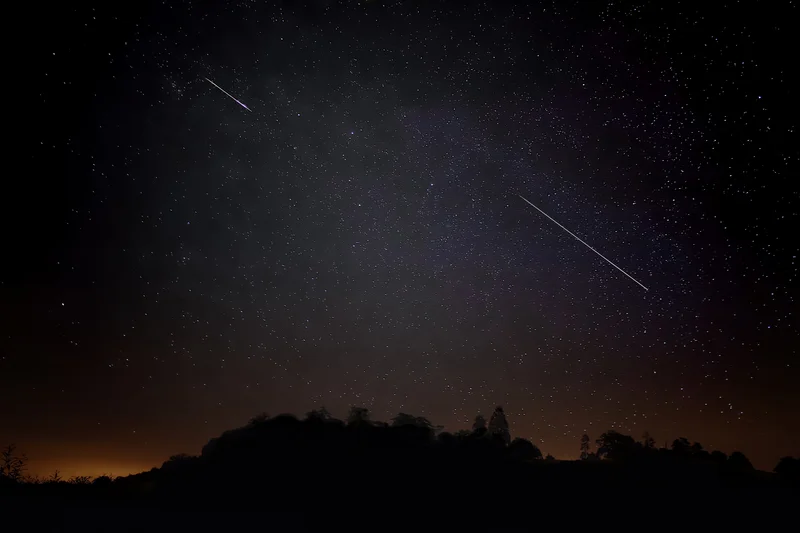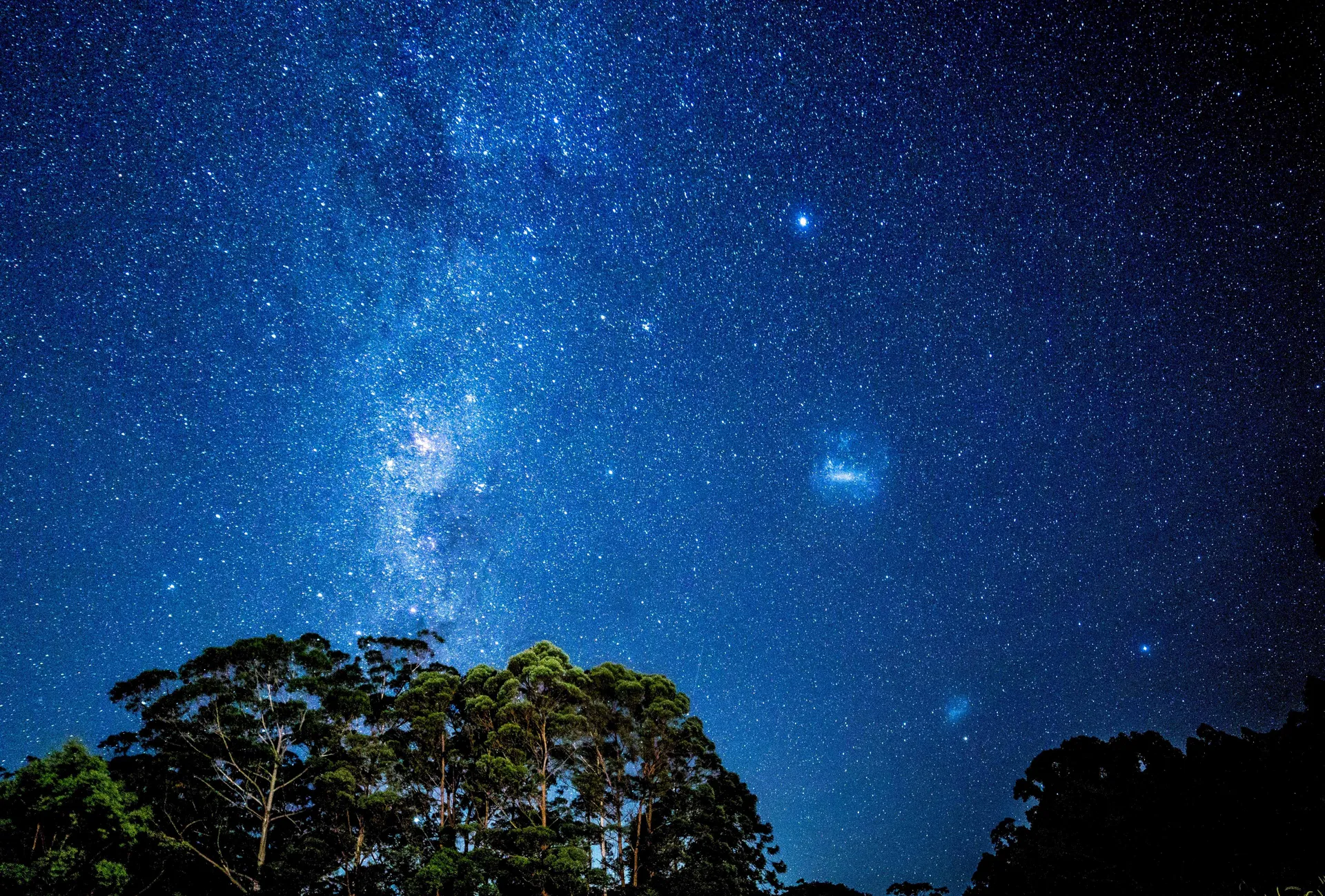Your stargazing guide to Eta Aquarids meteor shower
With up to 50 meteors per hour, the meteor shower will be a show for the starry-eyed on the Sunshine Coast.

A cosmic spectacle is about to grace our night skies as the Eta Aquarids meteor shower arrives.
The annual meteor shower, which is formed from the debris trail of Halley’s Comet, will peak over the Sunshine Coast in the early hours of Wednesday, May 7.
At its peak and in ideal conditions, the meteor shower is set to send up to 50 meteors an hour streaking across the night sky.
It’s time to ready the picnic blanket, set the alarm and cross fingers for clear weather.
Best time to see the meteor shower
The meteor shower will be most visible in our region on May 7, after the centre of the meteor shower rises above the eastern horizon just before 2am.
By 3am, the centre of the meteor shower will be higher in the sky and meteors will continue to be visible until dawn.
You don’t need to wait for the peak: meteor activity from the Eta Aquarids has already begun and will be visible through much of May, but with less meteors visible.
Where to watch the meteor shower
Seek out a view of the night sky facing east, with as little light pollution visible as possible.
Check out the best parks and lookouts for stargazing for dark locations in the Sunshine Coast hinterland’s proposed Dark Sky Reserve area.
The webpage also includes useful tips to plan your stargazing experience and prepare for a great night out under the stars.
A Dark Sky Reserve for our region
A Dark Sky Reserve is an international designation that recognises places across the world that are committed to preserving and protecting dark sites.

Council is proposing a Dark Sky Reserve encompassing close to 900 square kilometres in the Mary River Catchment and connected state protected areas, covering about 40 per cent of the Sunshine Coast Local Government Area.
Establishing the reserve would contribute to improved wellbeing, support wildlife that move and feed at night, guide responsible lighting, support astrotourism, and bring our communities together in celebration of the night sky in our Sunshine Coast Biosphere.
The proposed dark sky reserve area includes hinterland townships such as Maleny, Mapleton, Montville, Witta, Flaxton and Conondale.
Did you know?
- This centre of the meteor shower (where the meteors seem to fly away from) is called the radiant.
- The Eta Aquarids (also sometimes known as Eta Aquariids) is named for its radiant’s position in the constellation Aquarius.
Everyone can help reduce light pollution and protect our dark skies.
It’s as simple as ensuring your outdoor lighting is:
1. Useful - Use light only if it is needed.
2. Targeted - Direct lighting so it falls only where it is needed.
3. Low Level – Light should be no brighter than necessary.
4. Controlled– Use light only when it is needed.
5. Warmer Coloured – Use warmer coloured lights where possible.
Every small action helps!